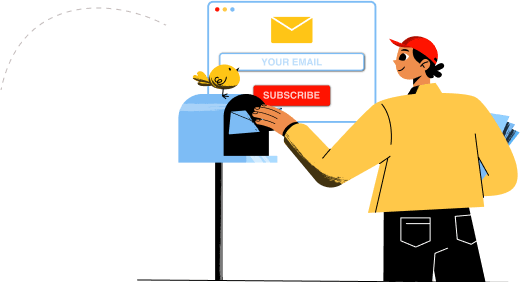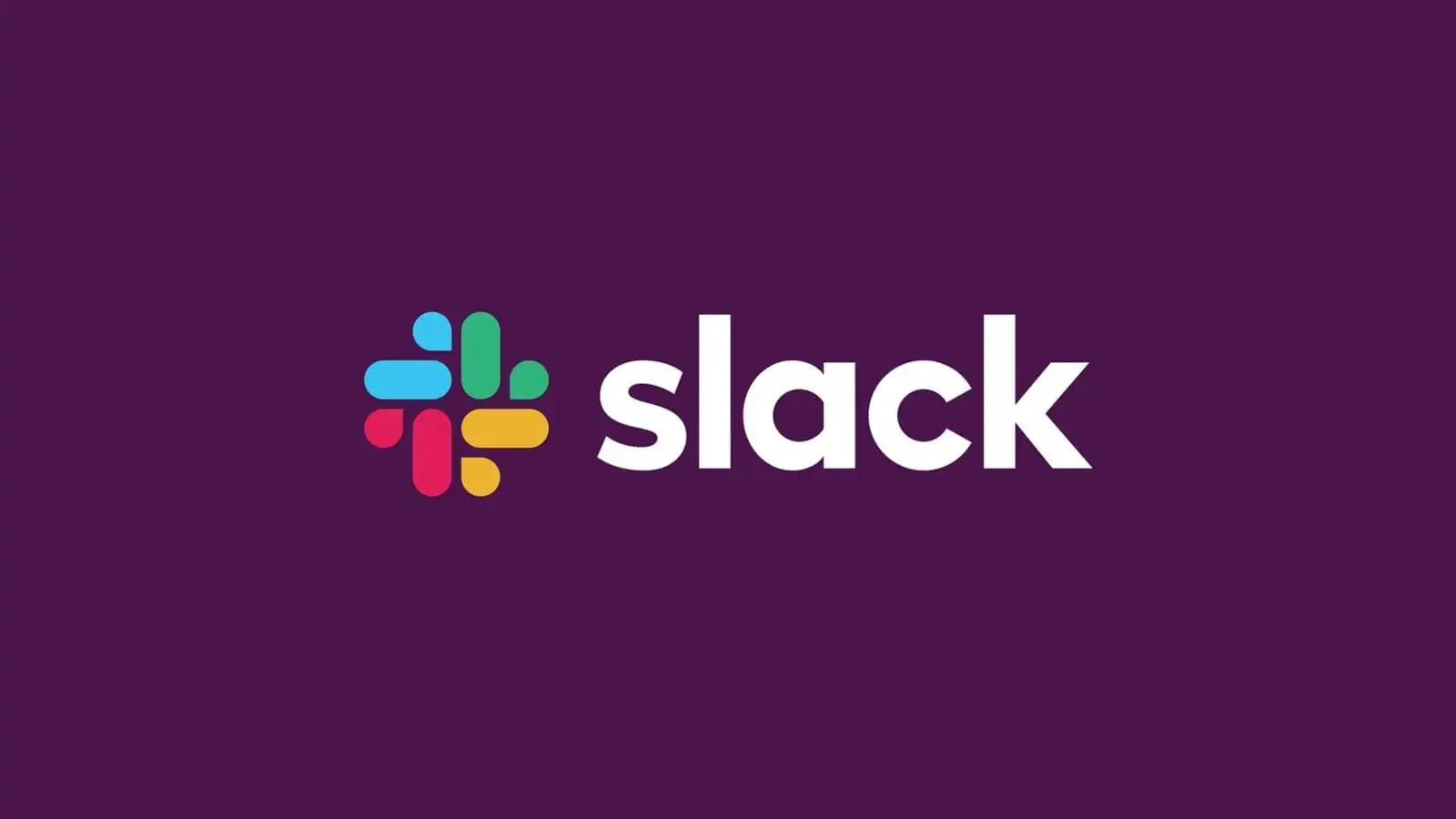
Particularly in the age of remote and hybrid work, Slack has become an extremely potent collaboration tool that is revolutionizing the way teams interact and collaborate. Through the consolidation of individuals, discussions, information, and programs onto a single platform, Slack facilitates smooth collaboration, higher output, and improved organizational effectiveness.
Slack is a cloud-based platform for team communication and collaboration that makes it easier for groups to interact, exchange data, and collaborate more successfully. It integrates file sharing, instant chat, and several productivity tool integrations to create a single center for all team communications and workflows.
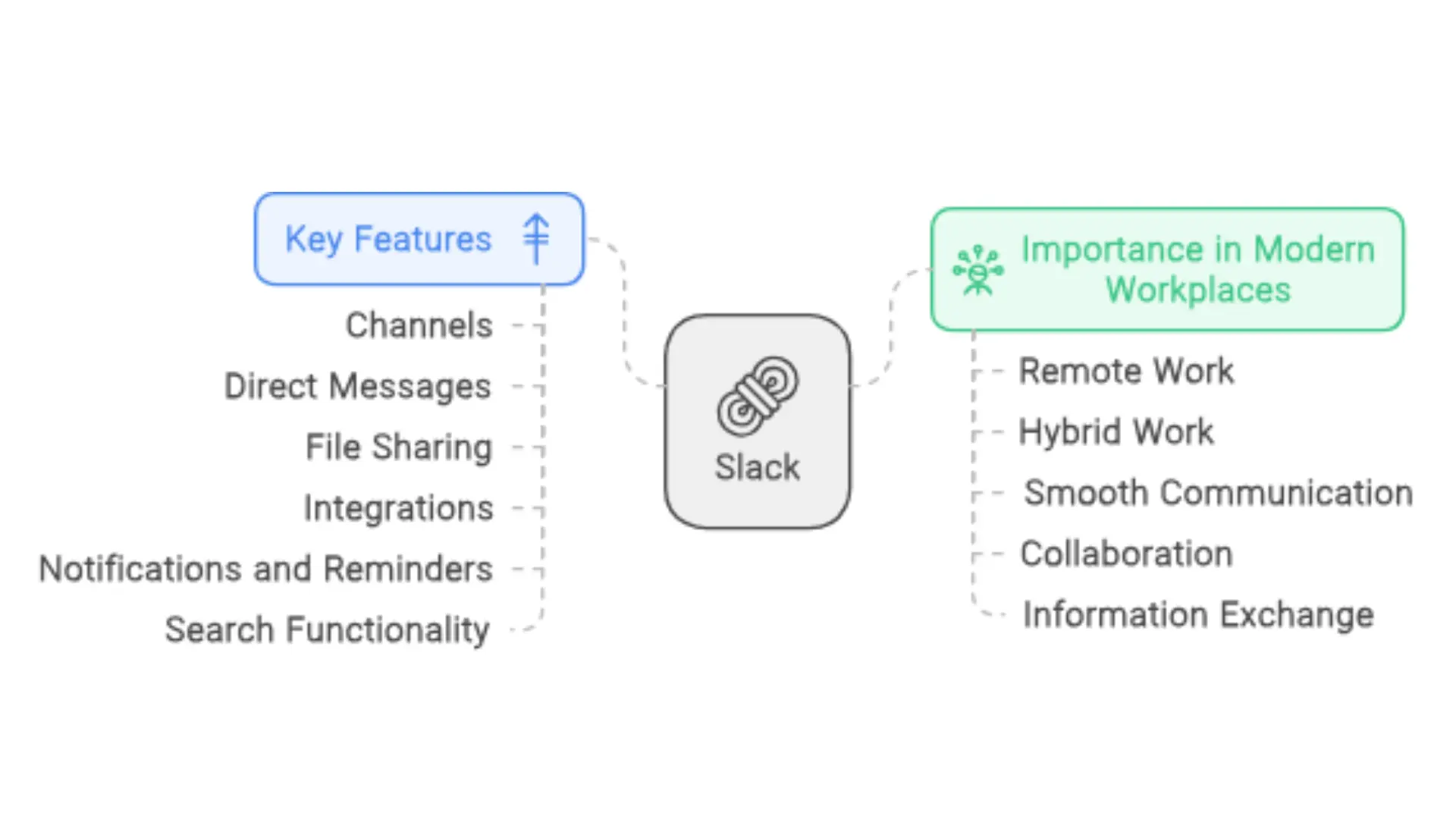
In order to use Slack, you must first establish a new workspace. You can accomplish this by going to the Slack website and following the detailed instructions. You will take on the role of Primary Owner and gain access to a variety of customization options as the workspace creator.
You can customize your Slack workspace by customizing profile information, adding status suggestions, and changing the workspace icon. Your staff may feel more involved and connected to the platform with these customizations.
Establish explicit rules and guidelines for your Slack workspace, including expectations for proper communication etiquette, acceptable channel usage, and channel naming conventions. This will support the upkeep of a productive and orderly workstation.
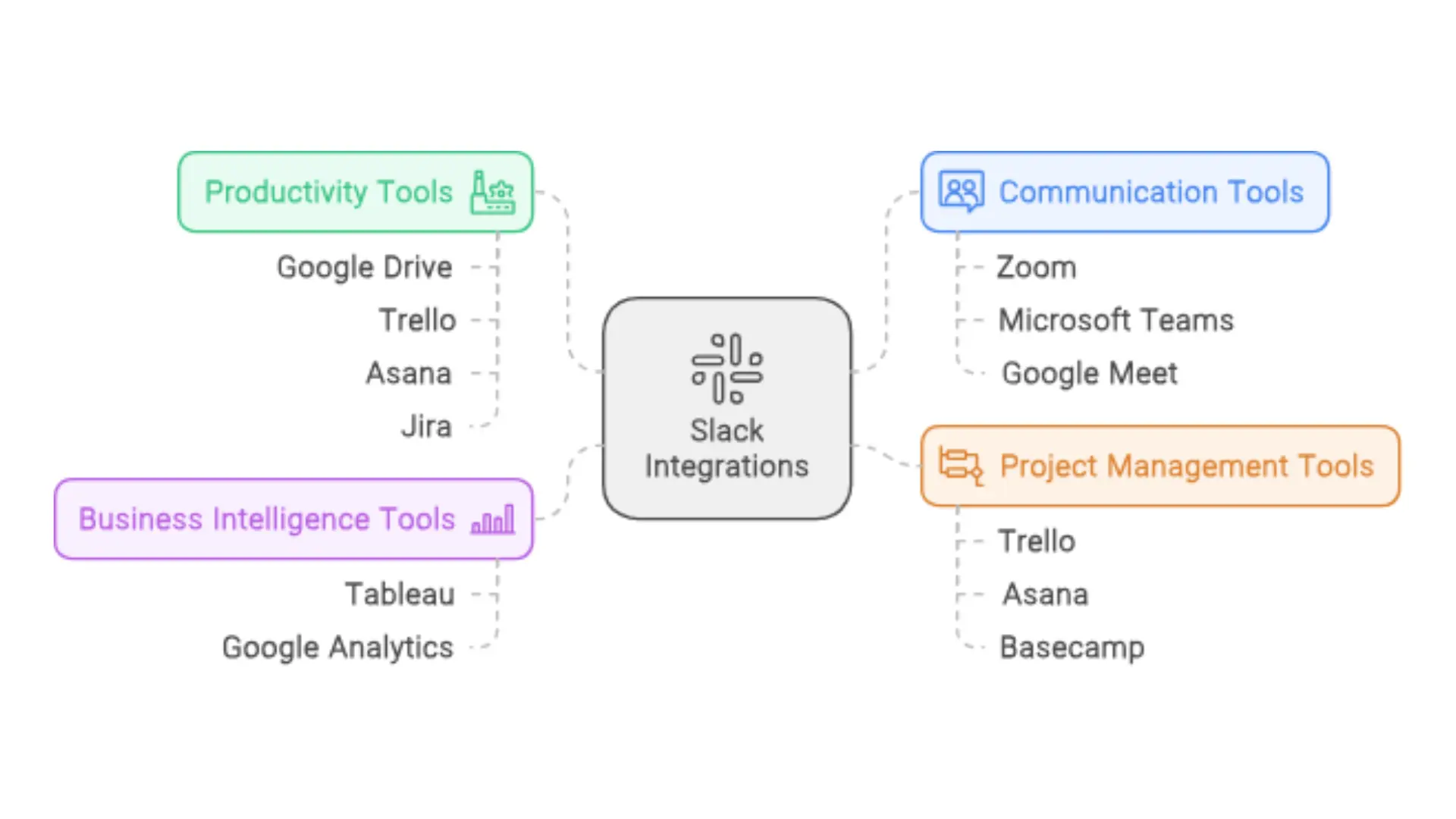
Use Slack integration features to link the necessary tools for your team and expedite processes. This can lessen the need to transition between contexts, increase information accessibility, and boost output all around.
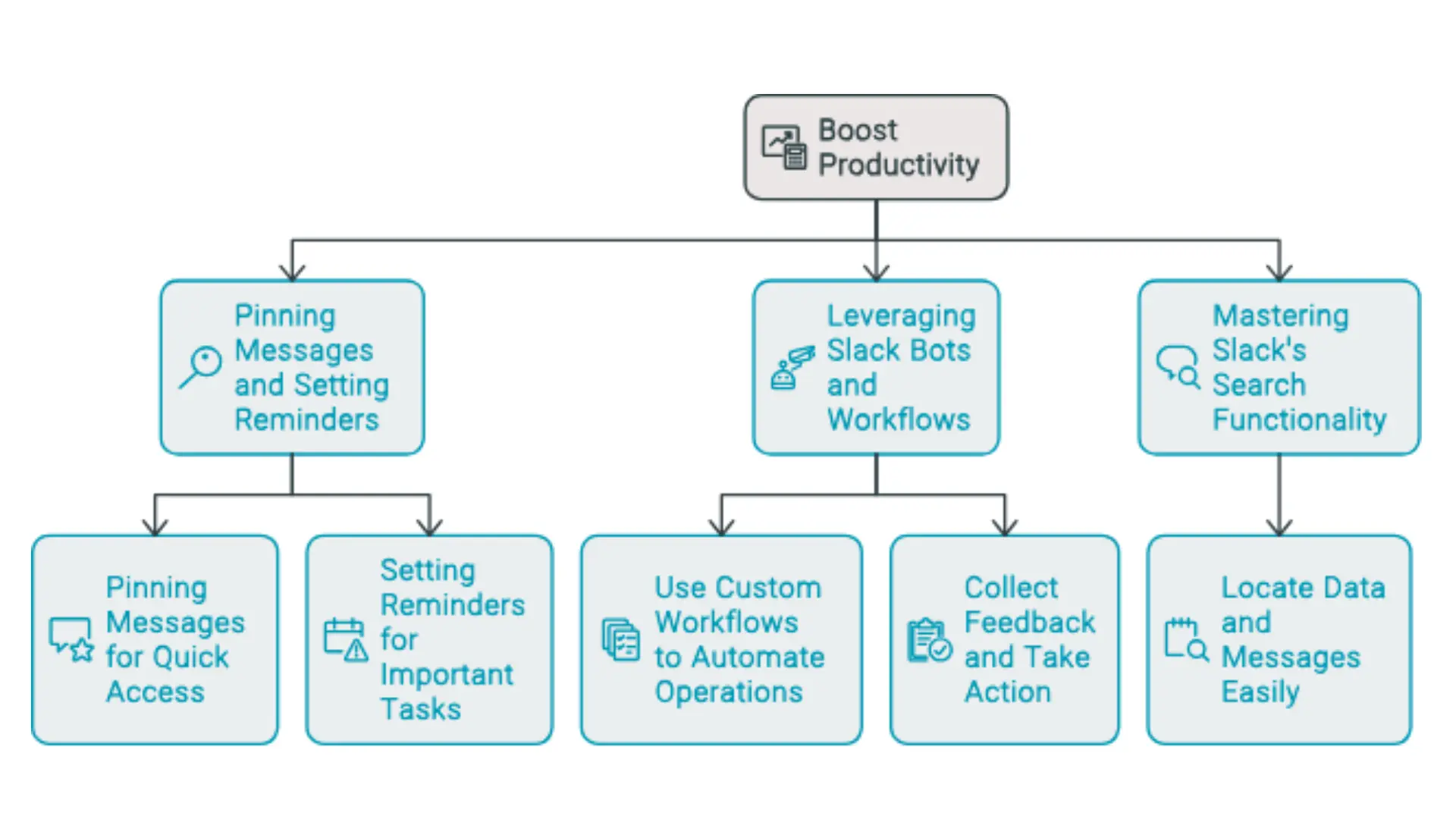
Make use of Slack's pinning feature to maintain quick access to crucial messages, files, or links. Set reminders for meetings, deadlines, and follow-up work as well to help your team remember what's important.
Use custom workflows and Slack bot integration to automate repetitive operations, collect feedback, and take action in response to predefined events. Your staff will be able to save time and concentrate on more important tasks as a result.
Easily locate pertinent data, messages, and files by utilizing Slack's robust search features. Employ sophisticated search terms and criteria to find particular discussions or information.
Conduct daily or weekly stand-ups, team meetings, and check-ins directly within Slack channels. This helps keep everyone informed, aligned, and engaged, even in a remote or hybrid work environment.
Encourage the use of emojis, GIFs, and reactions to create a more personable and inclusive workspace. Celebrate team achievements, recognize individual contributions, and foster a sense of community.
Designate channels for non-work-related discussions, such as hobbies, interests, or social events. This can help team members bond, build stronger relationships, and maintain a healthy work-life balance.
Adjust your notification preferences to strike a balance between staying informed and avoiding unnecessary distractions. Mute channels, set Do Not Disturb schedules, and customize your notification settings to suit your work style.
Encourage your team to be mindful of their Slack usage and set boundaries around response times. Promote the use of asynchronous communication, where appropriate, to avoid constant interruptions.
Leverage Slack's features, such as the Do Not Disturb mode, to create dedicated focus time and minimize distractions. Encourage team members to use these tools to protect their productivity.
Manage user permissions and roles within your Slack workspace to control access to sensitive information and maintain data security. Regularly review and update these settings as your team evolves.
Educate your team on Slack's security features, such as two-factor authentication and data encryption. Encourage the use of strong passwords and the secure sharing of sensitive information.
Periodically review and update your Slack workspace settings to ensure they align with your organization's security and privacy policies. This includes managing integrations, archiving inactive channels, and addressing any potential vulnerabilities.
Develop a detailed onboarding guide that covers Slack's key features, best practices, and workspace-specific policies. This will help new team members get up to speed quickly and effectively.
Offer regular training sessions, webinars, or self-paced tutorials to help your team members become proficient in using Slack. Encourage continuous learning and provide access to helpful resources.
Encourage experienced Slack users to share their knowledge and provide support to their colleagues. This will help build a collaborative and self-sustaining Slack community within your organization.
Make use of Slack's integrated reporting and analytics tools to keep an eye on team performance, member engagement, and cooperation trends. You may use this data to pinpoint areas that need work and streamline your Slack usage.
Ask your team for feedback on Slack, including their problems and ideas for enhancements, on a regular basis. Make adjustments to your workspace configuration, policy updates, and general collaboration experience based on this feedback.
Review your Slack collaboration tactics frequently and tweak as necessary. Keep up with the latest Slack features and best practices, and modify your strategy as needed to make sure your team is maximizing the potential of the platform.
Slack has the ability to completely change how your team collaborates, communicates, and works as a unit. You can fully utilize Slack and create a more engaged, productive, and connected workforce by putting the tactics and best practices described in this extensive handbook into effect.
Recall that a deliberate workspace configuration, efficient channel organization, strategic tool integrations, and a continual learning and improvement culture are all essential for a successful Slack implementation. Accept Slack's potential, give your team more authority, and observe as your teamwork and output reach unprecedented levels.
Slack offers centralized communication, seamless file sharing, powerful integrations, and organized channels that help teams collaborate more effectively, especially in remote and hybrid work environments.
Create channels for specific teams, projects, and functions. Use clear naming conventions, encourage public channels for transparency, and regularly review and archive unused channels.
Implement two-factor authentication, manage user permissions carefully, use private channels for sensitive information, and regularly audit workspace settings and integrations.
Customize notification settings, use Do Not Disturb mode, set clear communication guidelines, and encourage asynchronous communication when appropriate.
Your email address will not be published. Required fields are marked *
Loading questions...
